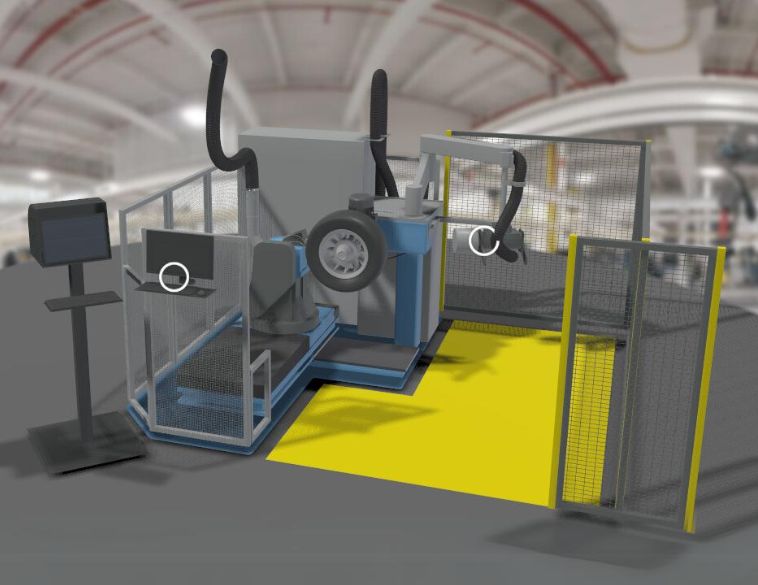As technology evolves and vehicle performance and safety requirements increase, tire management becomes ever more complex.
The vehicles that ply our roads are often equipped with all-wheel drive and hybrid, electric or internal combustion powertrains offering ever greater power and torque. Similarly, braking systems are becoming increasingly complex, powerful and sometimes regenerative. All these technological advances have a significant impact on tires. Diameters are increasing, speed and load ratings are rising, and the range of available sizes is multiplying. It is no longer possible to manage a tire season with a few universal sizes, as was previously the case.
Essential collaboration between shops and consumers
Shops have to cope with increasingly high-tech and expensive equipment, while skilled labor is harder and harder to find. For their part, consumers now have to consider multiple factors when choosing their tires, such as dimensions, load and speed ratings. Purchasing tires is now seen as an investment rather than a mere expense.
It is essential that shops and consumers get together as early as possible before the tire season to plan the purchase, appointment and storage of their tires. New tire sizes and specifications may require advance ordering, making planning crucial. Consumers need to be informed of the options available, delivery times and advice on how to choose their tires. Proper planning will ensure the availability of the necessary tires and avoid delays.
There are a number of training tools available on the market to provide consumers with the best possible advice. Informed exchanges between customers and dealers can lead to the discovery of new types of applications and products better suited to consumers’ needs.
Towards more flexible solutions
In recent years, several factors have changed consumers’ mobility habits. All-season tires have become extremely competent products in all kinds of conditions, making them increasingly attractive and appropriate for a growing number of people. Sales of type-approved tires have risen sharply for both passenger cars and light commercial vehicles. This is excellent news for shops, as peak-period logistics can be facilitated by taking into account the mandatory use dates for approved tires and managing appointments efficiently.
In conclusion, communication between consumers and tire centres will be the key to tire supply management in the future. It will be essential to set up customer communication services to ensure efficient management and proper planning. All parties involved—consumers, dealers and distributors – will benefit.
By Steve Champagne, Bridgestone Canada for ASPMQ



